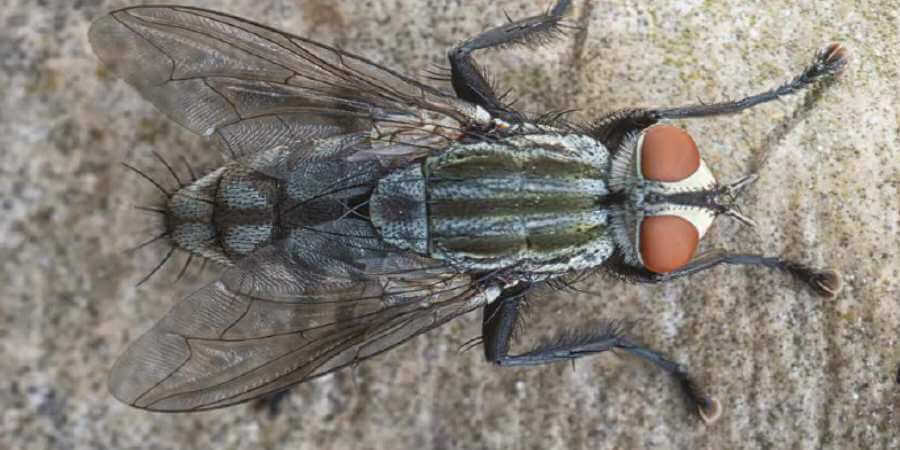
Cluster flies can be very distressing when they turn up in the autumn, or sometimes in the spring.
Thousands of cluster flies can suddenly appear either in your roof or around windows in the house.
What do cluster flies look like?
Cluster flies look like house flies, except for some golden hairs behind the head.
These hairs rub off easily so you might not be able to see them.
Where do cluster flies live?
Cluster flies breed throughout the summer in fields.
They sometimes use earthworms to support their larvae by laying eggs in the soil, and the larvae seek out worms to complete their life cycle as parasites.
Cluster flies gather together to search for cover for winter hibernation. In late autumn afternoons, they may gather on south and west-facing walls during the day. In the evening, they may move into the roof space or around windows.
During winter, the cluster flies will stay within the roof void and only venture out in early spring during sunny days. They'll usually sun themselves on the roof tiles.
How cluster flies can damage buildings
Dead cluster flies on the loft floor can lead to infestations of undesirable insects, such as carpet beetles.
These insects may invade your home and feed on fabrics. We advise that you clear up dead flies where practical.
How to control or treat cluster flies
Before you treat cluster flies, we suggest that you check if there is any evidence of bats. If there is evidence of bats, you must not use insecticides.
Generally, using a chemical insecticidal fog treatment in the roof void will significantly reduce the problem.
However, expect a new lot of flies the following year. It's believed that flies leave a pheromone in the roof to attract the next year's clutch of cluster flies.

